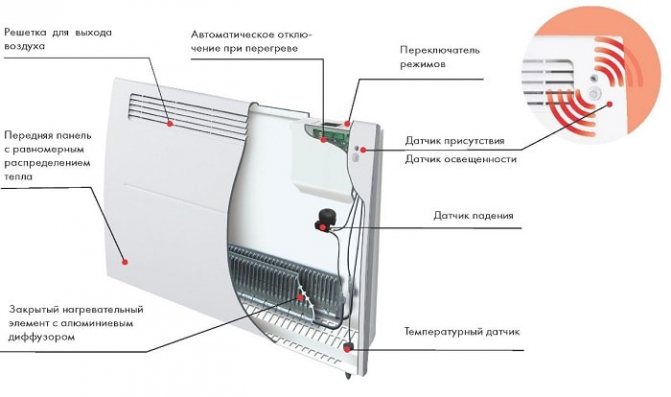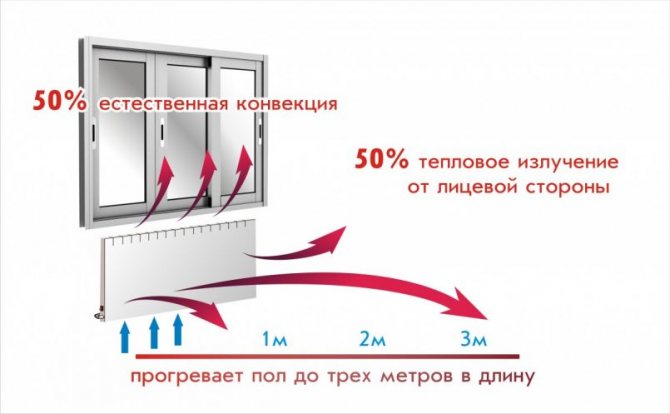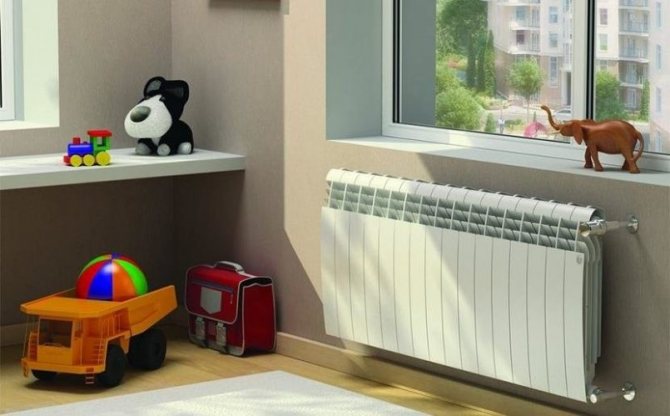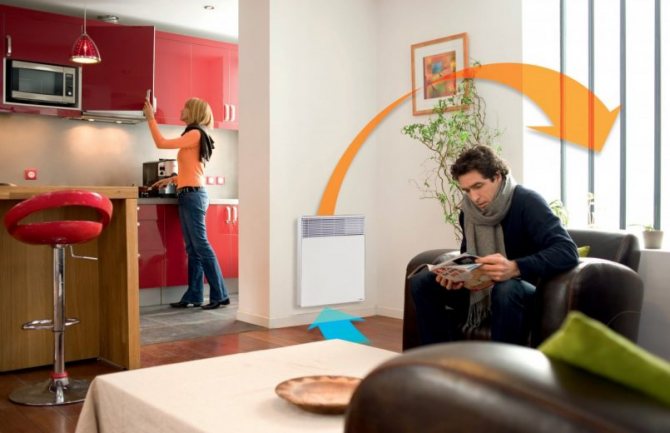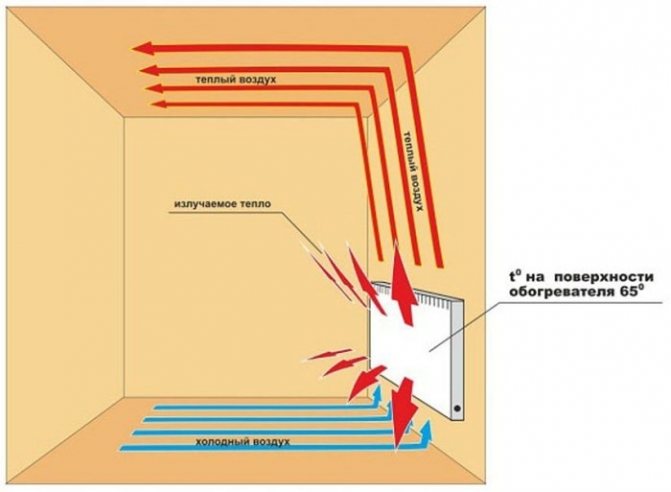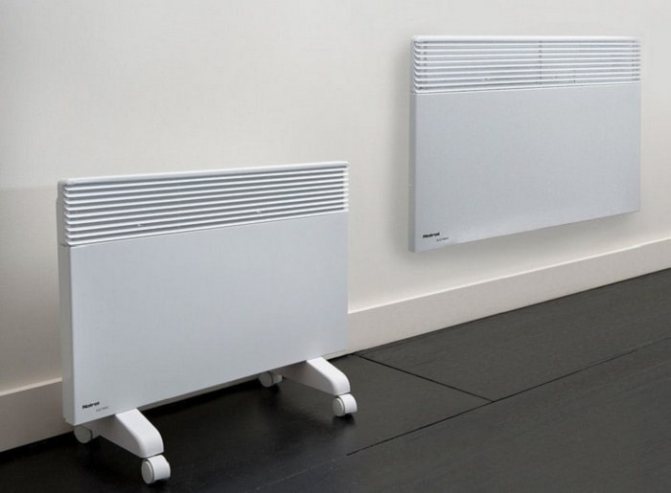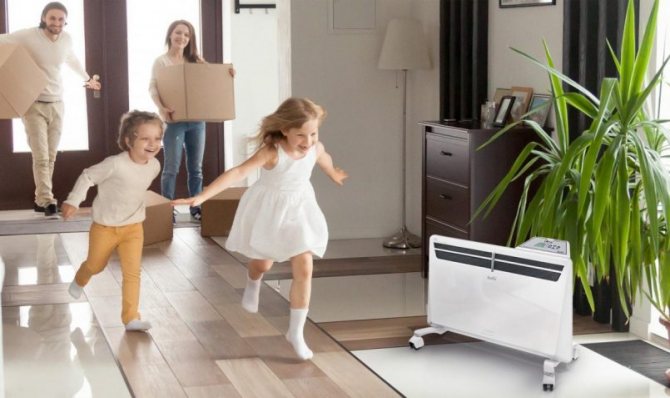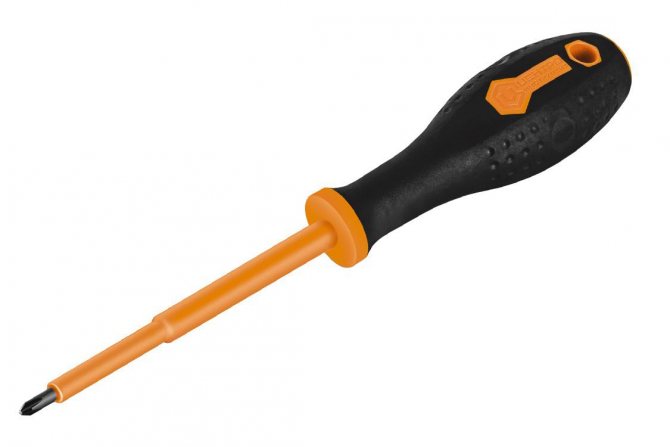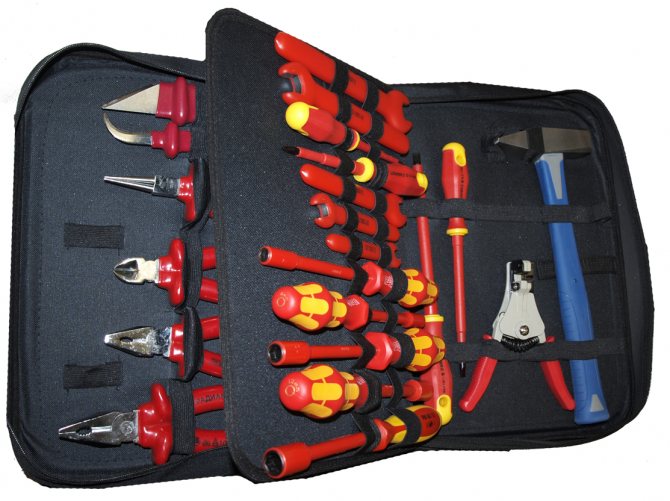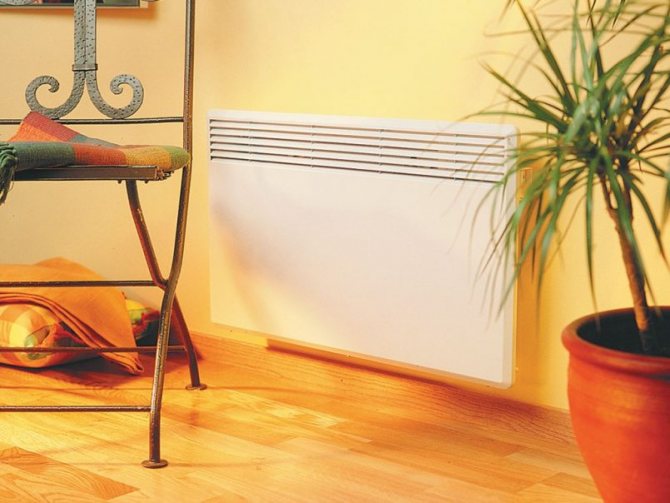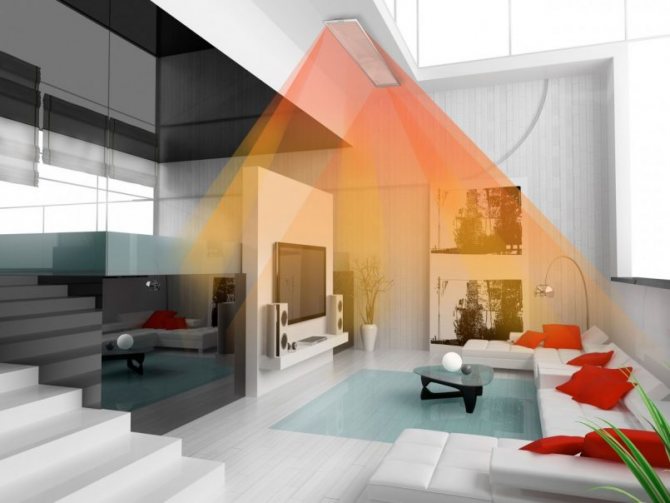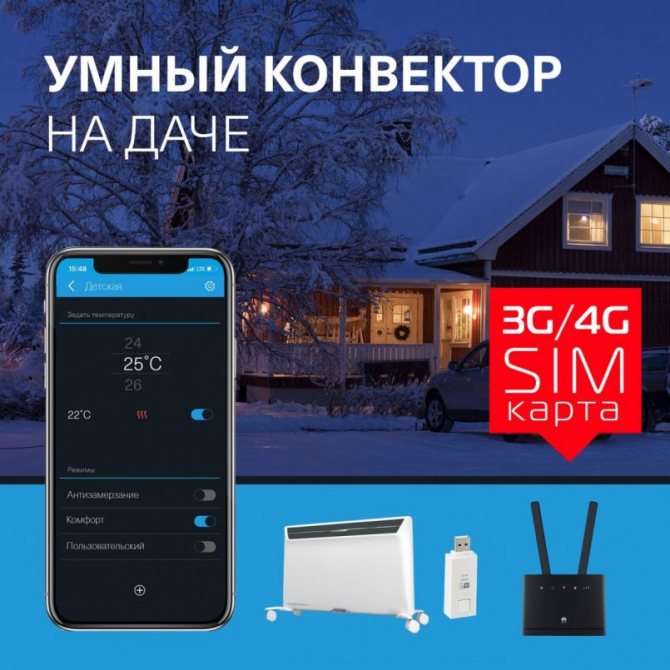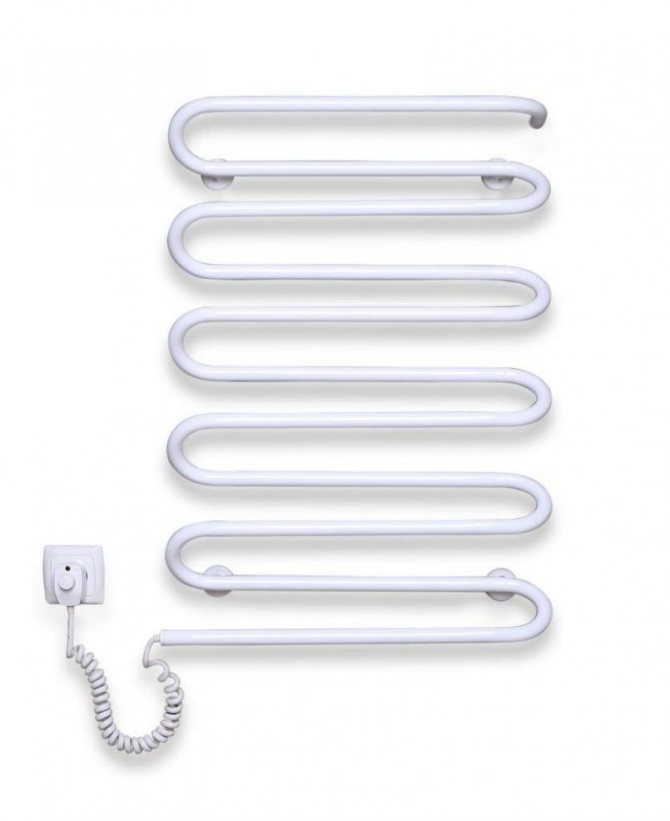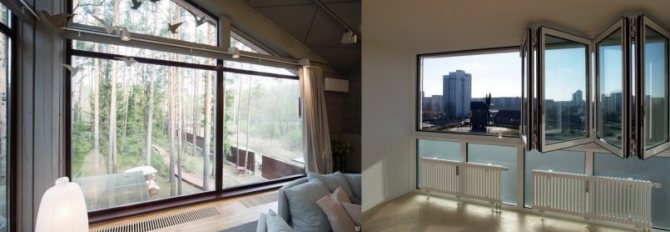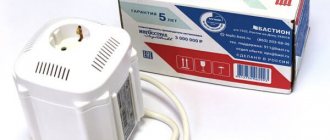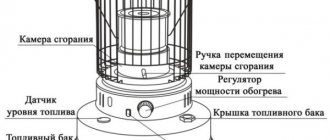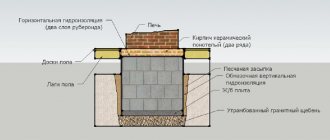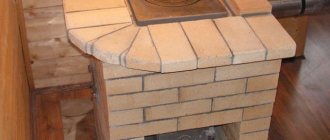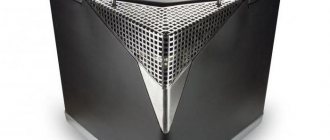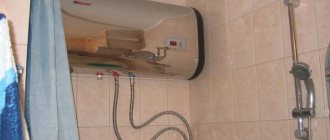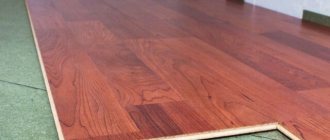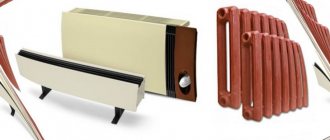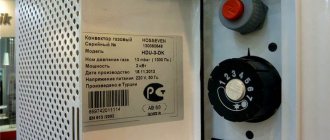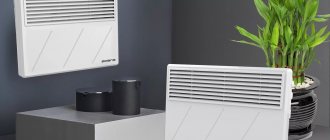Electric heating convectors are widely used for heating private houses, summer cottages, warehouse, industrial and commercial premises. The equipment is relevant in cases where it is not possible to connect to a centralized system.
The modern market offers a wide range of models. Devices differ among themselves in the following parameters: technical characteristics, dimensions, installation method, design, price.
To choose the most suitable convector, you should familiarize yourself with the advantages and features of the models, determine the budget, functionality and installation location of the equipment.
The principle of operation of the electric convector
Electric convectors for heating a private house are becoming more and more popular. The principle of operation of the equipment is quite simple. There is a heat exchanger inside the device. Passing through it, cold air heats up and moves upward, and cold masses again come in its place, and so the air is continuously circulated and the room is heated.
The heat exchanger is heated by electrical energy. Most of the models are built in such a way that thermal energy is immediately transferred to the environment. But more efficient and economical liquid-type devices have recently appeared on the market. There is an intermediate element between the heater coil and the air - a heat carrier.
Device and principle of operation
An electric convector is a device that functions due to the natural movement of air masses. Cold air enters the heating element and its temperature begins to rise. According to the laws of physics, warm air rises up, replaces cold air, and then evenly distributes it throughout the room. Cold air is directed downward according to the same physical laws, enters the heating element and rises up.
The principle on the basis of which the movement of air masses is carried out is called convection.
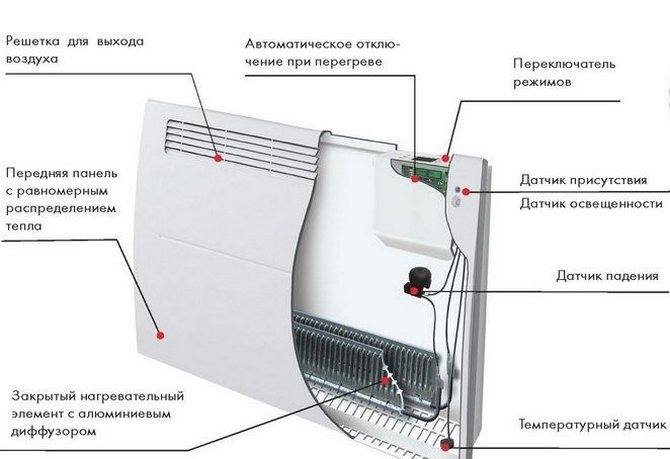
Electric convector device
The main parts of the electric convector:
- Heating element, which heats the air that gets on it. This element is a steel tube covered with ceramic.
- Control system: it can be either mechanical or electronic, it controls heating, is responsible for temperature regulation.
- Protection system: it ensures the safety of the equipment and your personal.
- At the bottom there are holes through which air is taken in.
- In the upper part there are openings through which hot air enters the room.
Components such as power switches, thermostats and display elements are usually located on the side.
What are convectors
There are a lot of types of heating equipment. There are cheap and expensive models on sale, with simple or advanced functionality, compact and oversized. The main parameters of the classification of electric convectors:
- installation method (built-in, wall-mounted, floor-standing);
- body material (steel, aluminum);
- device power;
- dimensions;
- thermostat type;
- the presence of a fan and / or automation.
A high-quality, reliable convector must meet certain requirements. Close attention should be paid to the safety of the equipment.The device should be functional, easy to use, economical, resistant to the negative effects of external factors, ideally suited to the operating conditions. Not so long ago, models appeared on the market with a case protected from dust, moisture, dirt.
Floor standing
Top positions in the rating of electric convectors are occupied by floor models. They are comfortable and mobile. If necessary, they can be moved around the room or taken out of it.
However, their use is not very safe if there is a child or pets in the house. The point is in the power cord, which must be connected to the network.
Wall mounted
Slim, stylish models are usually installed under a window. Due to its small thickness and low weight, the equipment does not place a serious load on the supporting structures. They are compact and easy to use, characterized by a presentable appearance, and have a long working life.
Floor recessed
And one more type of electric convectors - built into the floor or skirting. Such models are chosen, as a rule, for spacious rooms. They have a large area of contact with air, therefore, they heat the area faster and more efficiently.
Benefits
Electric convectors are very profitable heating equipment for summer cottages. This is due to the many positive characteristics of these devices:
- small in size;
- heating is carried out in a short period of time;
- work almost silently;
- easy to install;
- convenient and safe to use;
- do not require special service;
- are highly efficient;
- acceptable price;
- there is a wide variety of models from different manufacturers on the market, you can choose a convector for yourself, based on your financial capabilities and preferences.
The electric convector can function both as basic equipment and as an additional one. If you choose such a device as the main one, then your home will be provided with full warming up according to the set temperature. In the case when the heating system has already been adjusted, electric convector heaters can be used to operate in an auxiliary mode, for example, during winter frosts.
The electric convector is perfect for families with small children. By installing it in the room where the child sleeps, you will create a warm and comfortable atmosphere.
You can find out about the calculation of the power of an electric convector here.
Electric convectors or oil coolers
When choosing heating equipment for the home, owners often wonder which convectors or oil heaters are better. Both those and others have their own characteristics, pros and cons.
Advantages and disadvantages
The oil cooler consists of a housing with mineral oil and ceramic or metal heating elements immersed in it. Air heating is carried out due to the temperature difference. Electric convectors are gradually replacing oil radiators, because they are characterized by the following advantages:
- high efficiency reaching 90%;
- compact body made of materials resistant to high temperatures;
- simple installation that can be done by hand;
- undemanding to care and maintenance;
- does not absorb oxygen during operation, does not dry out the air;
- heats large areas quickly;
- the temperature regime is automatically regulated;
- have a long service life.
Convection heating at home will allow you to create an optimal, comfortable temperature regime for living in the premises. The lineup is striking in its variety. You can choose the best solution for an apartment, a country wooden house, a summer residence.
Price category
Can't determine which heaters are better oil or convection heaters? Check out the prices. Radiators are cheaper, but in terms of operational and technical characteristics they are significantly inferior to convector heaters.
Durability
Oil radiators are short-lived. They are able to regularly perform their functions for 5-7 years. Then you need to either change the oil, which is a rather expensive procedure, or buy new heating equipment. But the service life of electric convectors for heating a private house reaches 15 years, subject to the rules of operation.
Practicality
Both the one and the other unit is easy to use, does not require special skills and knowledge from the user. Temperature control is carried out manually or electronically. There are models of electric convectors with automation, which independently adjust the desired temperature.
Energy consumption
In order for the mineral oil in the radiator to heat up, the equipment already has to spend electricity. It has been practically proven that electrical appliances consume on average 25% less electricity than oil heaters.
These options include:
- Tip-over sensor - Eliminates the risk of fire if the appliance falls. The presence of the sensor ensures that the power is cut off when the convector is overturned.
- Anti-freezing - turns on heating when the room temperature drops below +5 degrees. Most often used for heating garages or glazed balconies.
- Restart - saves device settings in case of accidental power failure.
- Ionizer - allows you to ionize the room, both during air heating and without it.
All these options are optional, but they significantly increase the cost of the convector, so when it is occasionally used in the country, there is no point in overpaying for them.
Types of heating elements in the convector
Modern electric heaters are equipped with three types of heaters. Appliances with a needle heater, which is a conductive chromium-nickel thread, quickly heat up and cool down.
Tubular electric heaters are mainly equipped with models with a moisture-proof casing, which can be installed in rooms with high air humidity.
Important! The best electric convectors are those that are equipped with a monolithic heater. The latter is resistant to cracks and provides devices with high efficiency.
Varieties
Heating devices operating on the convection principle differ in terms of installation features:
- wall-mounted: they are highly efficient, because when placed on the wall, the convection process is facilitated, and the efficiency and heat transfer increase;
- floor-standing: they are mounted directly on the floor, units of this type can be moved anywhere, most often they are used as additional equipment, high productivity is noted in models equipped with a built-in fan;
- universal: they can be mounted both on the floor and on the wall, when choosing such models, be sure to make sure that there are wheels in the kit, because by attaching them to the body, you can move the heater to any place.
Also, convectors are classified according to the heating element used - heating element. Based on this criterion, heaters with needle, tubular and monolithic heating elements are distinguished.
Floor convectors
The simplest, most practical and easy-to-use models, which are installed directly on the floor, do not require any additional installation or adjustment. To calculate the required power of heating equipment, the following ratio should be taken into account: 1 kW per 25-27 m3.
As the casing of the floor convector gets hot, precautions must be taken to avoid injury.The best convectors in this category are produced by such manufacturers: Korado Koraline, Carrera, Verano.
Where to place?
Convectors can be floor-standing, wall-mounted or universal. So, floor the variant is equipped with special legs, with the help of which it stands stably on the floor. For summer cottage conditions, this is probably the best option, since it can be moved to another room: to any building on the site or, if necessary, to your own home in the city. Wall-mounted convector it is attached to a horizontal surface using brackets: if it is placed under the window, then a heat curtain is obtained, which will help create an optimal microclimate in the room. In addition, with this method of installation, the convector and the electric cable do not get tangled underfoot, and the chances of catching them, stumbling, are minimal. But this option will come in handy if it is not planned to move the heater anywhere else.
There are also universal convectors, which are equipped with a mount for both floor and wall installation. By the way, there are also devices designed for installation under flooring, as well as baseboard convectors, but for a country house such systems are used extremely rarely, and are justified only if your family regularly spends time in the country in winter.
Floor recessed
By right, the best convector heater is the one built into the floor. It does not take up useful space in the apartment, as it is mounted in a niche below the floor.
The device provides efficient heating of large rooms, is not affected by negative factors, and performs its functions properly for a long period.
It is better to entrust the installation of equipment to professionals. These devices do not require special attention to themselves during operation.
Leberg ECO-1000W
Next in line we are met by a convector Leberg ECO-1000W and many of you will probably immediately notice that in comparison with the previous version, this model seems to be much less powerful. Yes, its performance in this area is 1000 W, which will be enough to serve small rooms with an area of up to 10 squares. However, at the same time, the convector in question seems to be no less, if not better, of quality than its predecessor in this list. Just like him, this model can be used in a floor-standing or wall-mounted version. Fortunately, this at least has wheels as an optional feature.
By the way, the dimensions of this convector are also more compact, which, with a weight of just over 3 kilograms, makes it easy and convenient to move it to the desired place. Nevertheless, as you already understood, in terms of efficiency, this convector is much better than the previous one, and therefore broke out a little further. And the average price in 1,500 rubles looks a little nicer.
Hintek SU 2000M
The convector is in third place today. Hintek SU 2000M, which, despite all its compromises, deserves the title of one of the best new products in the category we are considering. And, speaking of compromises, we mean, first of all, the installation options, or rather the only wall-mounted one for this model. Yes, you understood everything correctly, the opportunity to tinker and vilify her is not expected. However, due to its maximum power, which is 2000 W, you may not even need it at all. Just find a suitable place for her in a room of about 24 square meters, and she will take care of heating it.
Of the practical features of this model, one can note the temperature control, which is quite a useful feature for bedrooms and children, given the power indicators of this convector. The control here, however, is mechanical, which for some may be a definite disadvantage. But the price of this novelty, even if it is not yet fully known, but promises to be within 3,500 rubleswhich is very nice.
